




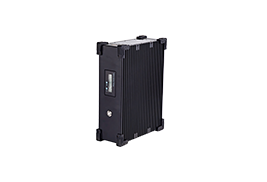
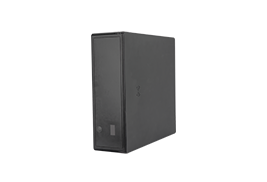
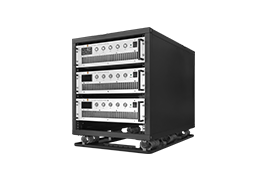
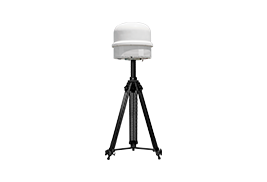
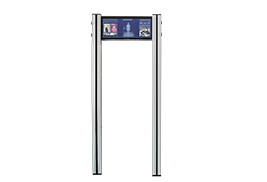



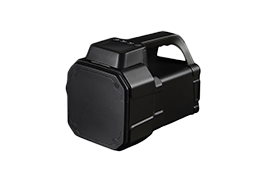
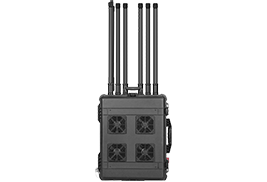
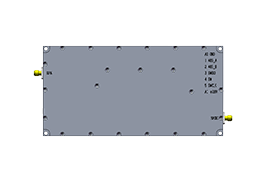
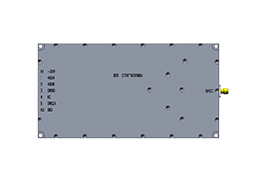
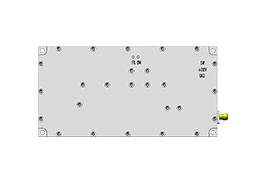
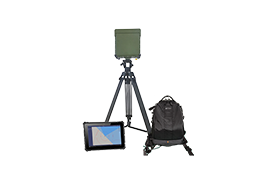

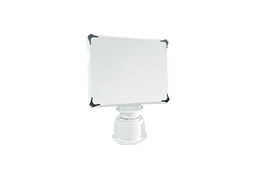
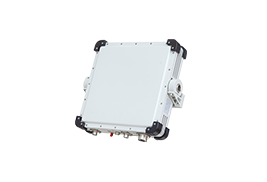



 X
X







 GLOBAL / ENGLISH
GLOBAL / ENGLISH

Signal shielding cabinets, also known as Faraday cages, are used extensively to block cell phone signals. This article explains the fundamental principles behind their operation and their common applications.
Principle of Operation
A signal shielding cabinet works by enclosing a space with a conductive material, which prevents electromagnetic fields from penetrating. This enclosure effectively disrupts the communication between a cell phone and its cellular network. Here’s a breakdown of how this happens:
Conductive Material: The cabinet is made from a material that can conduct electricity, such as metal. Common materials include copper, aluminum, or steel mesh. These materials block external static and non-static electric fields.
Faraday Cage Effect: The principle of the Faraday cage is applied here. When an external electrical field hits the conductive surface of the cabinet, the electrical charges within the conductive material rearrange themselves to neutralize the field’s effect inside the cabinet. As a result, any electronic device inside the cabinet is cut off from external electromagnetic signals.
Blocking Signals: By creating a barrier against electromagnetic fields, the cabinet prevents cell phone signals (which are forms of electromagnetic waves) from reaching the phone. This includes calls, texts, and data services like 3G/4G/5G connectivity.
Applications
Signal shielding cabinets are used in various settings, including:
Testing and Calibration: Engineers use these cabinets to test and calibrate electronic devices without interference from external signals.
Security: In high-security environments, such as government or military facilities, these cabinets prevent sensitive information from being transmitted by unauthorized devices.
Research: In scientific research, these cabinets ensure that experiments involving electromagnetic waves are not contaminated by external sources.
Conclusion
Signal shielding cabinets are an effective way to block cell phone signals and other forms of electromagnetic interference. By isolating devices from external signals, these cabinets allow for secure, controlled environments where interference from wireless communications is undesirable. Whether used in security settings, laboratories, or testing facilities, these cabinets play a crucial role in managing electromagnetic compatibility.












